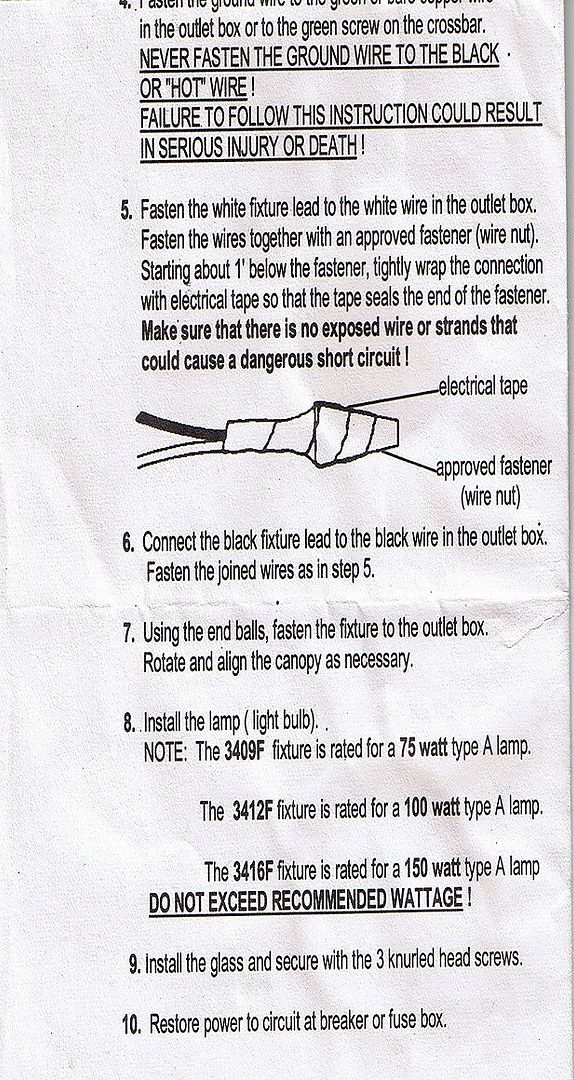wbalsam1
Senior Member
- Location
- Upper Jay, NY
stickboy1375 said:I dont want anyone to be upset, but I never understood why people take comments so hard here?
I should have put a couple of these :grin: :grin: in. Oops!
stickboy1375 said:I dont want anyone to be upset, but I never understood why people take comments so hard here?
You mean you could possibly assume when you see tape, someone just put together two wires, capped them without twisting them and then taped???
76nemo said:You mean you could possibly assume when you see tape, someone just put together two wires, capped them without twisting them and then taped???
Look, it is just a personal preference, and basically just another little step on MY work ethic.
Tape, or no tape, "THANK YOU GUYS/GALS for ALL of your services. Great forum, great group, good insights!!!!!
Look, it is just a personal preference, and basically just another little step on MY work ethic.
Pierre C Belarge said:They were/are "damn good" at tapping wirenuts. They passed down this method, and the practice has made its way to present day work. So, some ELECTRICIANS tape wirenuts based on that premise, and they are good at it, regardless of the quality of the splice in the wirenut.
brian john said:wbal:
If the splice is properly made the tape is not required, correct?
If the splice is not correctly made, a basic skill every apprentice should master in the first few weeks in the trade, maybe the installer is in the wrong profession?
If the wirenut has the potential to work loose the installer has not reviewed the requirements for the job at hand properly, and needs to update their skills.
Not slaming tapers just STILL WAITING FOR A NEED?
stickboy1375 said:Never, this is thread is a lost cause. :grin: We can argue this till the cows come home.
stickboy1375 said:Never, this is thread is a lost cause. :grin: We can argue this till the cows come home.
mdshunk said:I agree, but take note of this instruction below. It would be a 110.3(B) violation, I would think, to not tape them in the face of such an instruction:

iwire said:Pierre you are correct. :smile:
Now can you answer the question why they continue to?
It (IMO) adds nothing to the quality of properly made splice contained in a proper enclosure.
It does make the system tougher to work on later....that much is certain.
paul said:If I'm not mistaken, the directions say to start 1 foot below the wirenut. I'll be danged if I'm going to leave 1 foot of conductor in a fixture box, but for grins and giggles, I'll start taping the connections.

